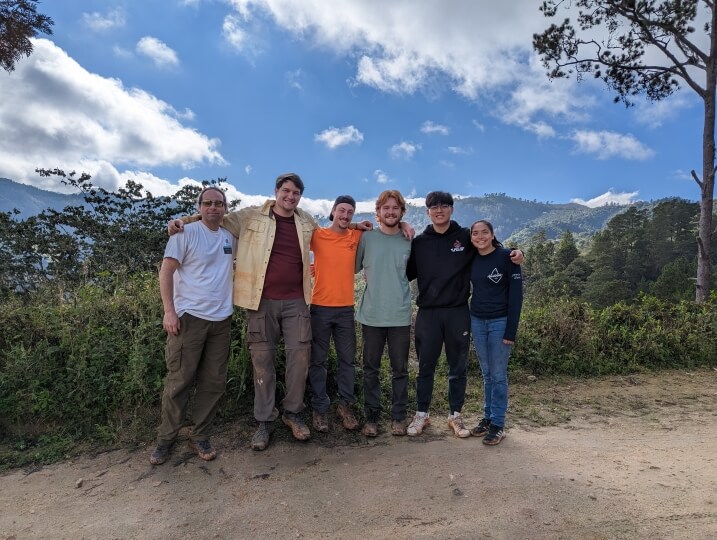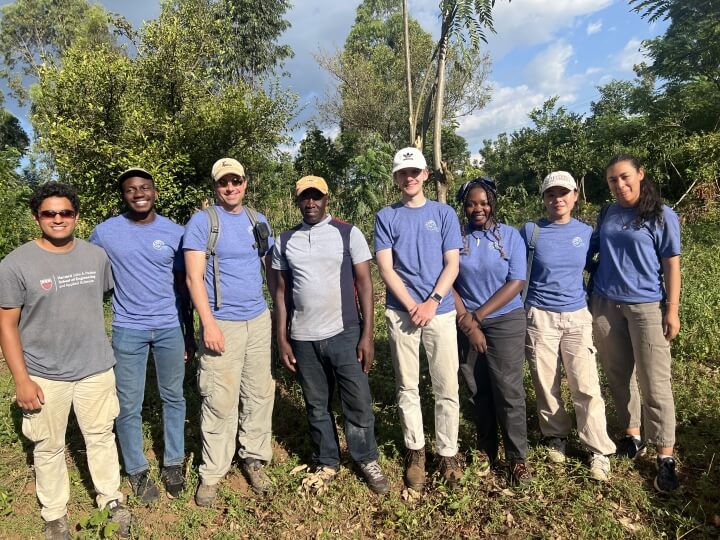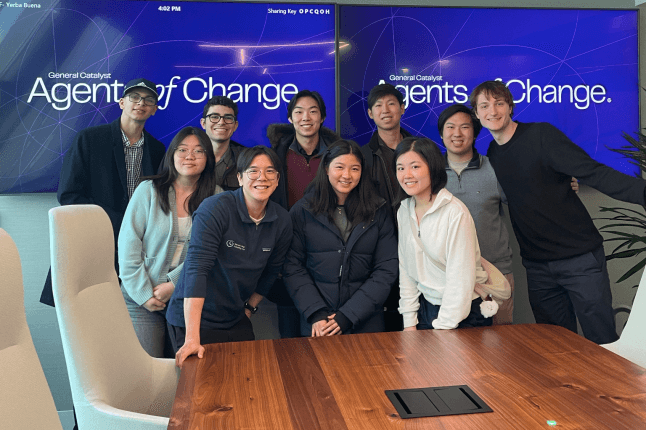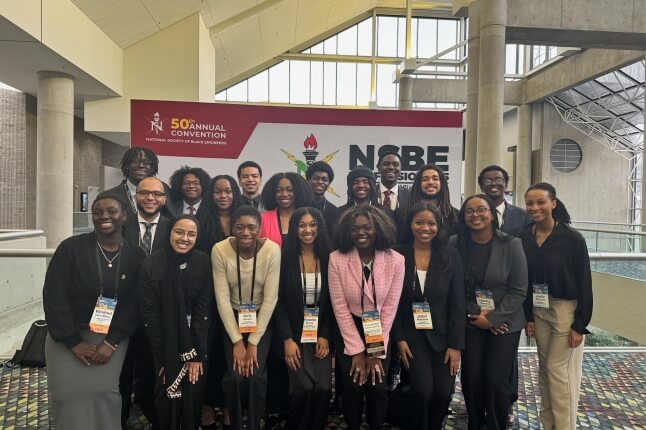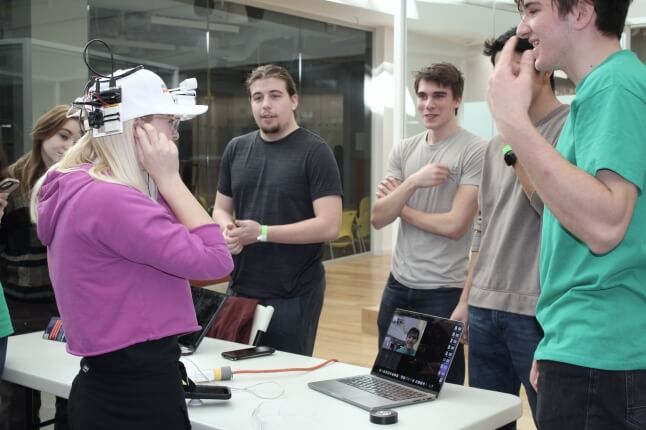News
Los Sanchez team members of Harvard Engineers Without Borders during their January 2023 trip to the Dominican Republic. (Harvard EWB)
Harvard’s Engineers Without Borders-USA chapter (EWB-USA) can only do so much from the classroom. EWB-USA, a student organization affiliated with the Harvard John A. Paulson School of Engineering and Applied Sciences (SEAS), couldn’t travel to its project sites in Kenya and the Dominican Republic from 2020-2022, and the Dominican Republic team didn’t get to visit the Los Sanchez community until earlier this year. The Los Sanchez team, which started building a community water storage and distribution system in 2016, has made two trips to their project site this year, including once over the summe
“Being on the ground, it’s so impactful to see the work we’ve done on our computers, and see how happy the residents are to have these systems,” said Jack Shea, a third-year mechanical engineering concentrator and Los Sanchez project co-lead. “The first time we had water coming out of a supply line on our January trip, you could see the happiness on everyone’s faces. The joy they received from that is super powerful to me.”
Finally getting in two trips in a year allowed the Los Sanchez team to collect data and implement necessary adjustments in a timely manner. The team collected data on elevation and water demands, then in the summer returned to start installing one of two large water storage tanks that will connect with previously built supply pipes.
“It’s good to have boots on the ground with project members able to see what they’ve designed right in front of them,” Shea said.
More frequent trips to project sites also allowed the Kibuon, Kenya team to re-evaluate and scale up the plan they first devised in 2019. Initially, they were going to drill a number of borehole wells with nearby hand pumps. But local regulations require boreholes to be a certain distance from each other, meaning not all members of the Kibuon community will have equally easy access to clean drinking water.
“You could have a situation where someone is in between two boreholes, and it’s nearly a kilometer to the closest site,” said Kibuon project lead Alex Dyer, a fourth-year electrical engineering student at SEAS. “That wouldn’t meet our goal of less than a 30-minute travel to sustainably retrieve water.”
Kibuon team members of Harvard Engineers Without Borders during their June 2023 trip to Kenya. (Harvard EWB)
By spending time in Kibuon over the summer, Dyer’s team discovered a potential solution. One of the newer boreholes turned out to have a much higher water flow rate than initially thought. Combined with improved electrification efforts in the community, the team realized an electric pump could draw enough water from the well to fill a large storage tank. If placed on top of a hill, the tank could easily distribute water to smaller “kiosks,” which could be placed much closer to residences.
“We can place them wherever we want, which gives us a lot of flexibility,” Dyer said. “This is a great opportunity. It definitely poses a lot of challenges, but that’s what makes the process exciting. We like having these challenges where we can work with community members, source data, and then overcome them by engaging new technical fields that we hadn’t experienced in other classes.”
Like many student organizations at Harvard, EWB’s membership shrank during the early years of the pandemic, as courses switched to a virtual format and restrictions on indoor gatherings made it difficult to work on large group projects. But those numbers have quickly rebounded over the last two years, helped out by EWB members also receiving course credit through “ES105HFR: Humanitarian Design Projects.” The course is taught by EWB faculty advisor Chris Lombardo, Associate Director of Undergraduate Studies in Electrical Engineering at SEAS. This year, for the first time, some S.B. engineering students can also use 105HFR as their required third-year design course.
“The human element has totally been brought back into the class,” Shea said. “When I joined the class two semesters ago, we hadn’t traveled in a while, and it was very hard for me as a new student, who hadn’t been to Los Sanchez, to understand there are real people and a real community involved in this project. That’s the most powerful part of this class. Following our trips, you can see our project members are way more invested because they’ve been on the ground.”
Shea described EWB as a “win-win” for engineering students. The projects require a range of technical, interdisciplinary and interpersonal skills that can be applied to a wide range of industries or careers. At the same time, EWB students get a chance to see the impact engineering can have in the world, especially when it’s done in collaboration with a community.
“The Kibuon community has told us over and over again that water is life,” Dyer said. “Having the opportunity to work with them to make that more available to them has definitely been a memorable part of my college experience.”
Harvard EWB was recently recognized with the Premier Student Chapter Award from EWB-USA. The award, which Harvard also won in 2018, recognizes a chapter that upholds excellence in the organization, exhibits consistent and successful fundraising, engages in thoughtful public relations and marketing efforts, engages in robust participation and interaction with other EWB-USA chapters, makes a positive impact for a community, and has highly engaged faculty advisors and mentors.
Topics: Student Organizations
Cutting-edge science delivered direct to your inbox.
Join the Harvard SEAS mailing list.
Press Contact
Matt Goisman | mgoisman@g.harvard.edu
